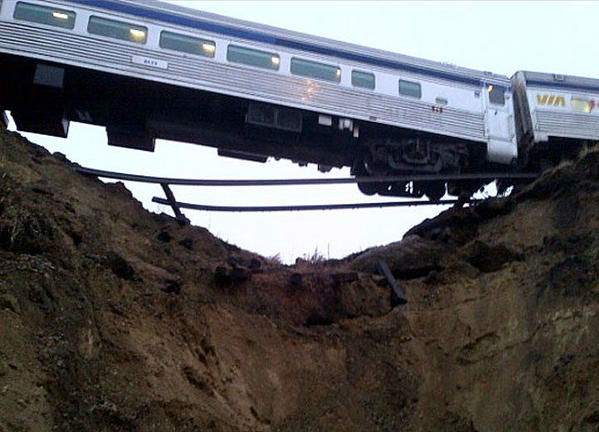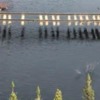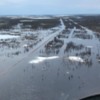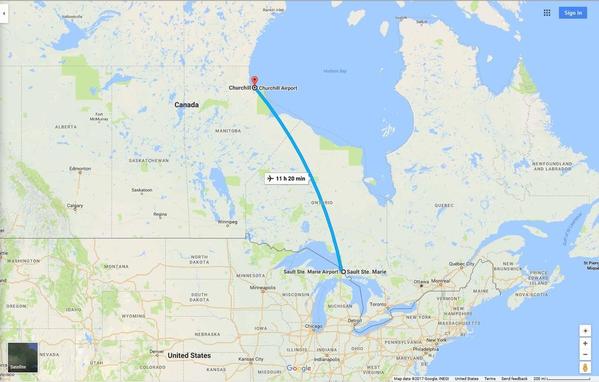This is a fascinating article. I had always hoped to take a train up to Churchill to see the polar bears, as I had seen numerous documentaries going back to my youth. I was always fascinated by the role played by the railroad in sustaining both the town as well as people living along the route, similar to the Alaska Railroad.
The corporation justifies its position based upon the "force majeure" clause in its contract. Fine. If that clause has been invoked improperly, there are legal remedies. Let the courts have at it.
The decision has to made, by both the federal and provincial governments, as to whether it is important(for any reason) for Churchill to continue its existence. If it is important , fund the repairs to the railroad. If not, let it die. (My recollection is that road building up there is impractical for conditions on the tundra.) It wouldn't be the first city in the world lost to changing conditions. (The cities of Herculaneum and Pompeii come to mind, which were lost to an abrupt change of conditions late in the first century. With all the power and wealth of the Roman Empire at the time, they were not rebuilt.)
I feel very sad for the difficulties of the residents.
Thanks for posting this article!











